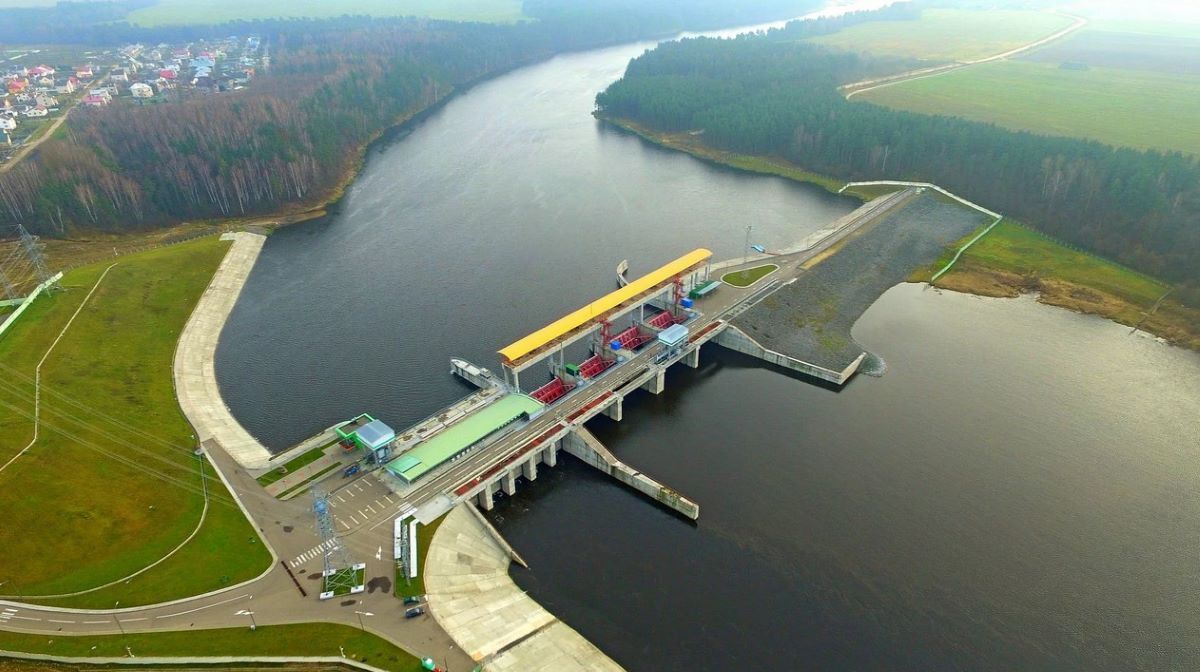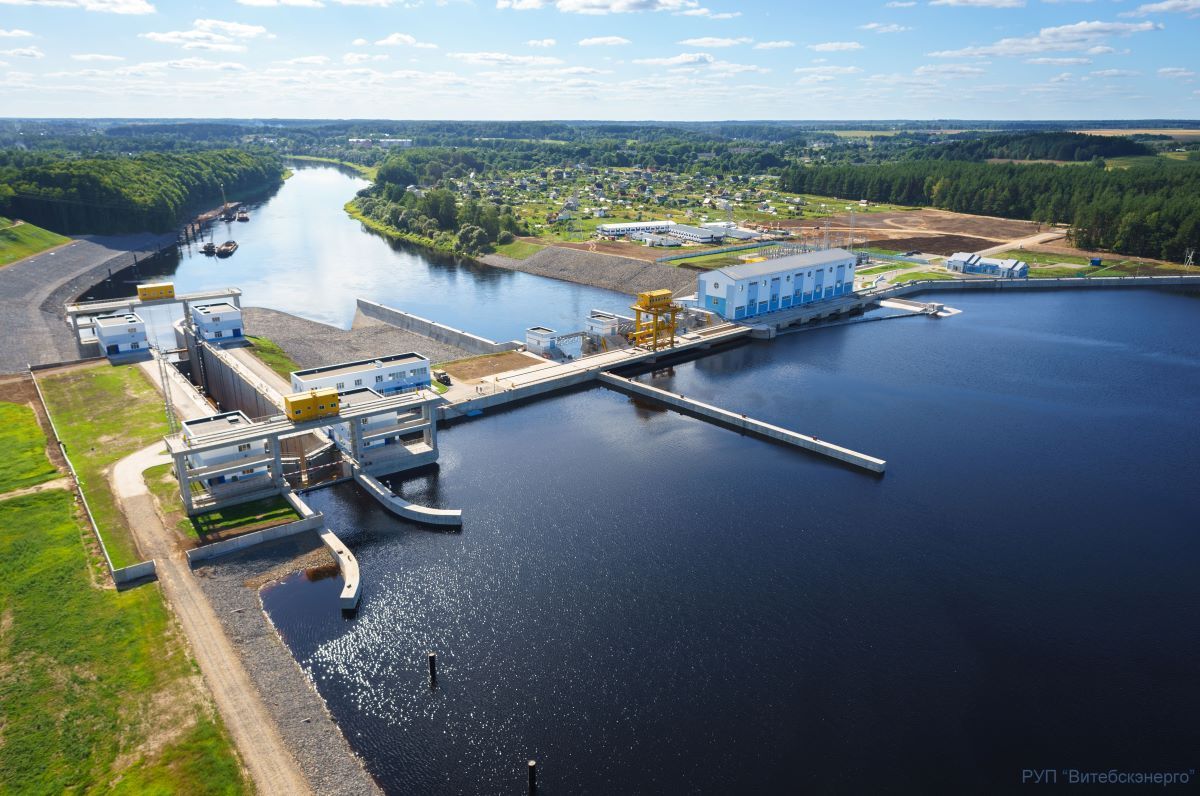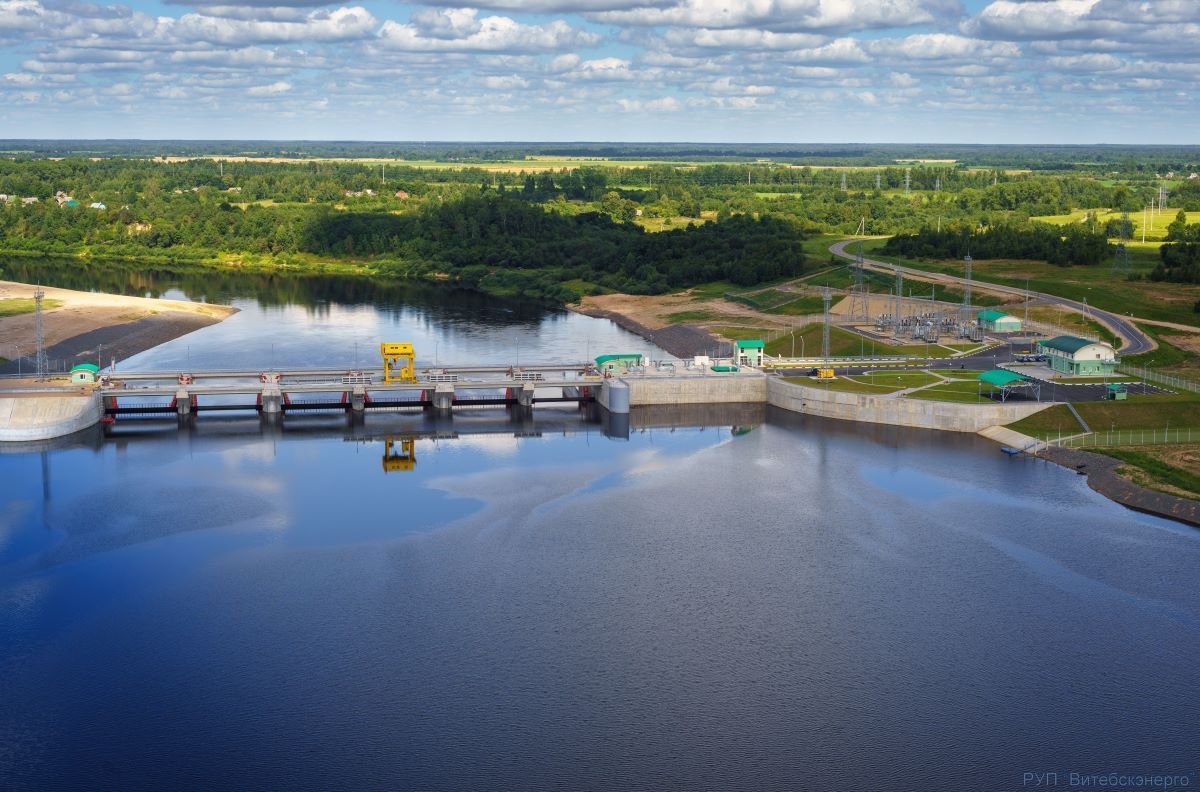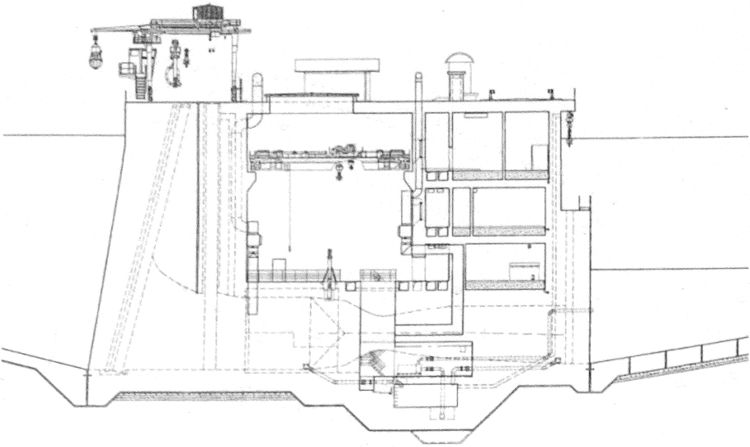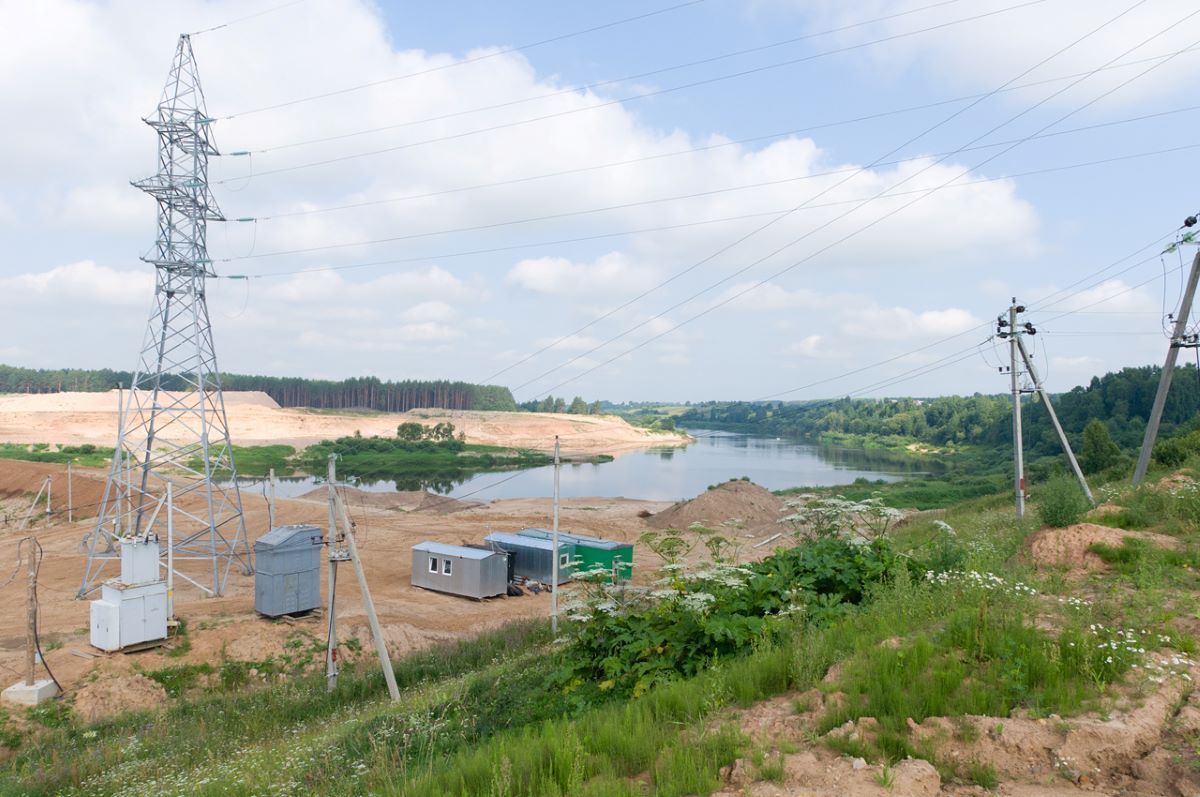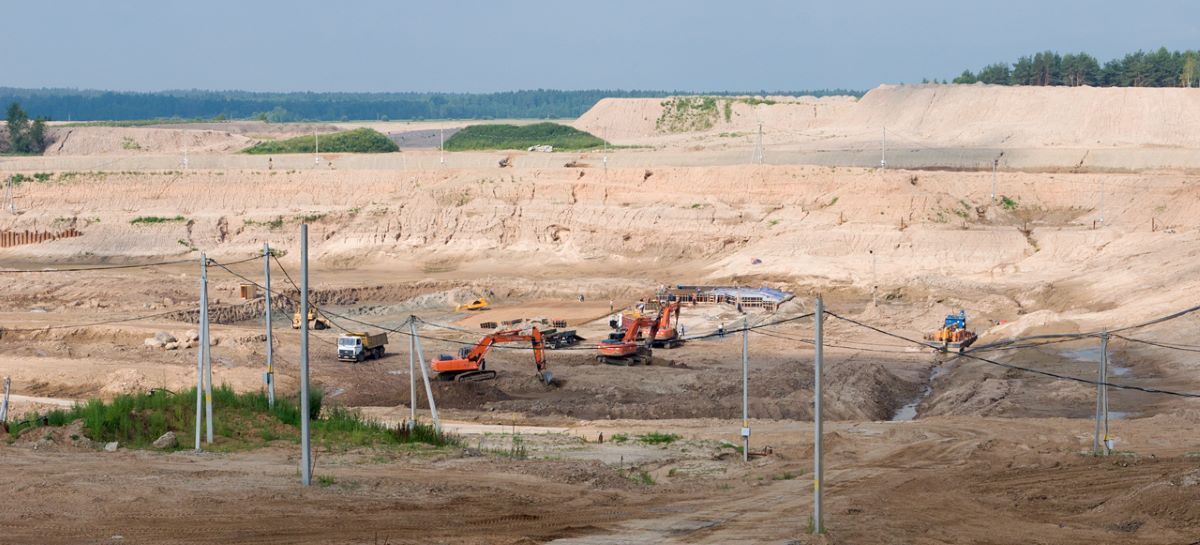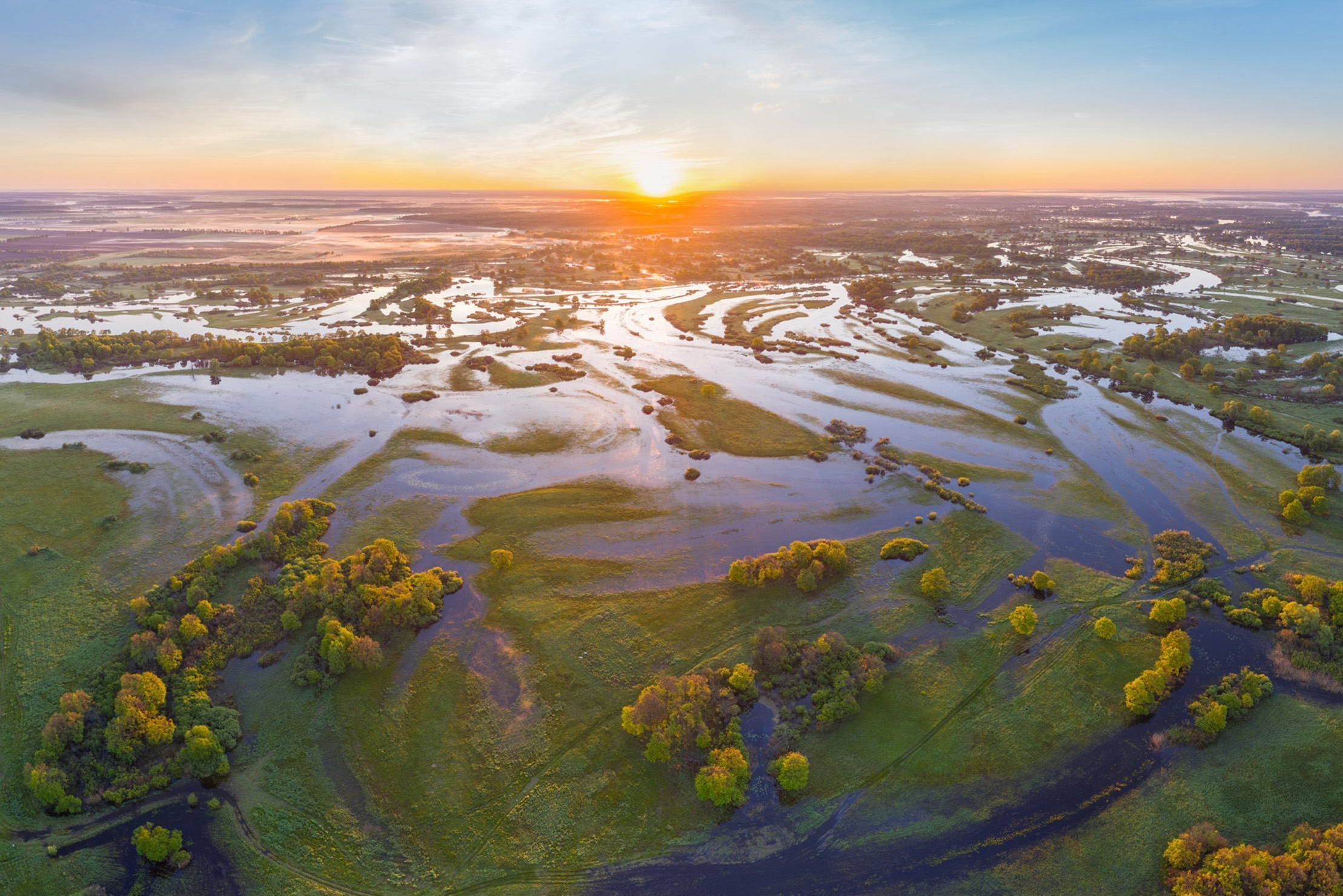Hydropower plants and river navigation: the impact of the use of Belarus' water potential for industrial purposes
- Topic: Rivers and lakes
- Authors: Bahna
- Date: 13.01.2022, 08:19
Construction of hydropower plants, opening and deepening of channels for navigation, construction of dams can irrevocably change the shape of watercourses and, therefore, the environment. Our task is to make every effort to preserve the rivers before it is too late.
Not at all green energy
For a long time, hydropower was considered to be “green”. But now public opinion has changed. When building the dams and other hydroelectric facilities required in such cases, vast areas many times the size of the river floodplain are flooded and irreparable damage is done to the aquatic ecosystem. Moreover, it is required to relocate inhabitants of surrounding settlements that is fraught with colossal compensatory payments.
Even power engineers do not rely on the hydropower industry on a large scale: it is not rational. In Belarus, the terrain is flat and our rivers do not allow us to create a drop structure suitable for power generation.
The potential capacity of all domestic watercourses is estimated at 850 MW, of which 520 MW is technically available and only 250 MW is economically feasible.
- By the way, in the 1940s, there were 1,094 hydropower plants with a total capacity of 15 MW on the rivers and ponds of Belarus. These were mostly water mills, less often small-capacity hydroelectric power plants. At the end of the 1950s over 180 small hydropower plants were in operation.
Nowadays, there are 51 hydropower plants with a total capacity of 95.8 MW. The largest of them is the Vitebsk plant, with a capacity of 40 MW. The capacity of the Polotsk hydropower plant is estimated at 21.66 MW, the Grodno HPP – 17 MW.
The first two were commissioned recently – in 2017; the last one – in 2012. Almost $120 million was spent on its construction, and the opening was arranged with fanfare, as it was the first medium-capacity hydropower plant to be constructed in Belarus.
The creation of the reservoir at the Grodno hydropower plant did not require the resettlement of residents or the demolition of outbuildings. However, the plots of land in the vicinity, which used to be worth a fabulous sum of money (the price went up to $50,000) have rapidly depreciated: they were hardly ever sold at auctions for $8,000-10,000. Suspended unfinished construction projects became a widespread phenomenon.
The Grodno hydropower plant revealed major problems as early as the installation stage. After the construction of the dam, the Lithuanian environmentalists noticed a sharp drop in the water level in the Baltic country. Grodno fishermen complained to the Ministry of Environmental Protection and Natural Resources of Belarus: there were fewer fish in the river, as the dam hindered their migration.
Nevertheless, the need to increase the total capacity of all hydropower plants to 250 MW has been voiced at the state level. The most promising for this are considered to be the Western Dvina and Neman rivers. For example, the construction of the 33 MW Beshenkovichi power plant is still under consideration. Although three years ago scientists warned that the flooded area may cover 716.42 ha (!), including 586.51 ha of forested land, 11.17 ha (6.32%) of which represent important plant communities.In general, the emergence of a new hydropower plant on the Western Dvina will result in the loss of terrestrial ecosystems and significant fragmentation of lands, which will provoke the creation of island habitats and fragmentation of animal populations.
Deputy Director for Science of the Central Research Institute for Complex Use of Water Resources Snezhana Dubenok could not name the exact timeline for the construction of the Beshenkovichi HPP.
The Institute, like other similar organisations, is involved on a competitive basis in research on the impact of dams in the construction of reservoirs for hydropower plants. According to the deputy director, their centre has not received any direct commissions for the study of the potential impact of dams in 2021.
Fish suffocation is inevitable with hydropower plants
“We are fulfilling an order from the Ministry of Natural Resources and Environmental Protection for the reservoir at the Grodno hydropower plant. It is already in operation, but an additional study was needed to understand the causes of and reduce fish suffocation. After 15 December the results of the study will be submitted to the Ministry of Natural Resources and Environment,” Snezhana Dubenok said.
From 2016 to 2020, the Institute conducted a study to develop a catalogue of sites for installations to use the hydropower potential of medium and small watercourses in Belarus. A total of 1,170 potential sites on small rivers and tributaries were identified for the possible location of hydropower plants with a total capacity of 294 MW.
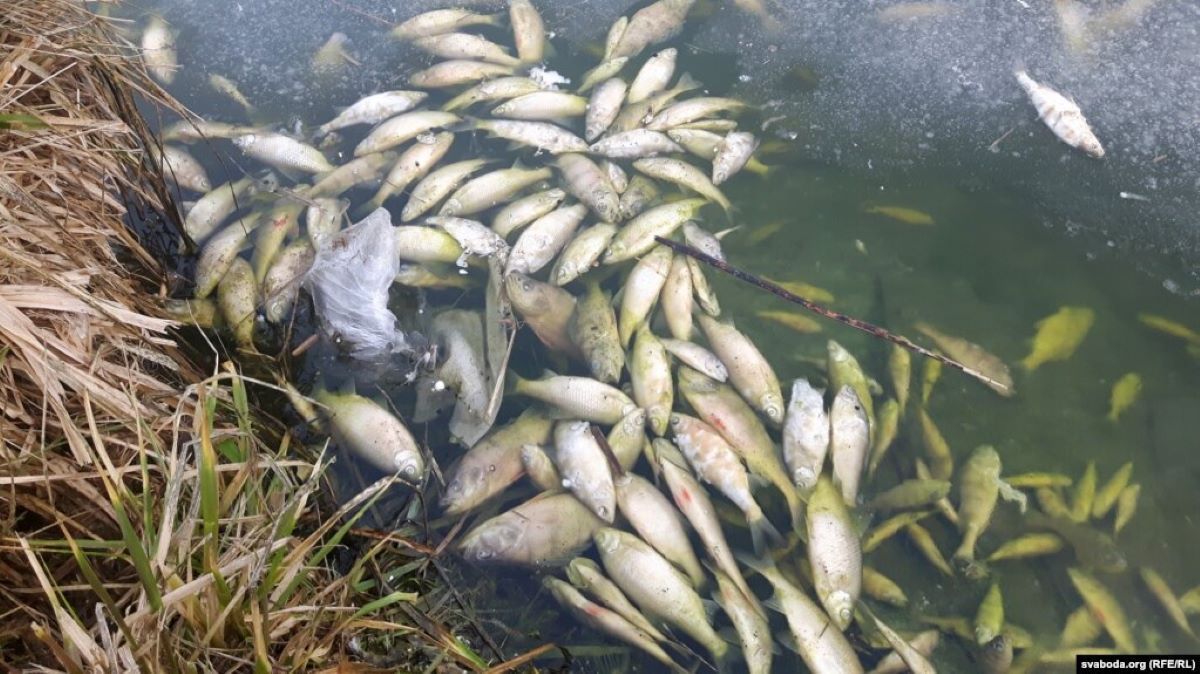
The problem of fish suffocation is one of the main issues when discussing the impact of hydropower. This happens due to the improper operation of dams. Fish protection devices and fish-ways are also not designed during the construction of structures to regulate water flows. There is no fish-way at the Grodno hydropower plant. As a result, mass fish-kills are recorded there every year. Fish approaches the dam and falls into an ambush, which is sometimes taken advantage of by amateur fishermen, not to mention poachers. Sometimes up to 40 kilograms of fish were taken out of the water at a time. The Ministry of Nature had to introduce a ban on recreational fishing in the area of 1 kilometre downstream from the dam of the Grodno HPP to the place where the unnamed creek flows into the Neman, to avoid irreversible consequences.
The situation is not only relevant for Belarus. In Sweden, where out of 2100 hydropower stations 1900 are so-called small (produce less than 10 MW of energy), the tendency of reduced salmon population in the rivers has been detected.
“Small hydropower stations are indeed promoted as facilities which cause minimal harm. But this is not quite true,” explains Mikhail Durkin, executive secretary of the Clean Baltic Coalition. “In my opinion, the most serious impact of hydropower facilities is that the river actually ceases to exist in its original form. The way it was in the beginning. Both upstream and downstream. Because for a small hydropower plant to be efficient, sufficient water must be accumulated upstream of the dam and discharged at one time, otherwise, it is impossible to maintain the same level of energy production. For all the environmental hazards of large hydropower plants, they still allow the river to be preserved in a relatively satisfactory condition, especially if modern technologies, such as incomplete damming and other types of turbines, are used. Large plants are also easier to design structures for fish migration. However, this does not mean I advocate the construction of such plants – in my mind, the emergence of new hydroelectric power plants should be banned.”
The climate is affected, too
Hydropower affects the climate. Reservoirs accumulate substances that release greenhouse gases when decomposed. The water flowing out of dams varies in temperature and transparency, which also affects riparian vegetation and wildlife. When a reservoir is built, a large area is flooded, permanently altering the natural landscape. How to deal with it remains unclear.
To minimize the consequences of flooding of territories it is proposed to increase the number of cascade hydropower plants and reduce the water head at each step. In this case, the plant would produce less energy, such solutions are now a priority.
“Small HPPs, especially when they are built in cascades, completely destroy the river as a natural body of water,” says Mikhail Durkin. “And today, unfortunately, this is a common practice that ensures the highest efficiency.”
E40 once again
Two months a year, in April and May, a sea appears in Polesia. The Sea of Herodotus, as the tourist guides name it. Kayaking along the flood meadow, in the forest amidst the trees and the calm Pripyat riverbed is a very popular trend of domestic eco-tourism. And it would be nice if it remained so. But there are other plans.
Of the 750 kilometres of the Pripyat, 500 runs through Belarus. We have received an invaluable wealth as a gift, spoilt, sadly, by land reclamation and Chernobyl, but still capable to be renewed. It is time to learn lessons, but something is in the way. The construction of a hydropower plant and alteration of the riverbed for the E40 project may cause ruinous damage to the unique river and change the landscape of the country’s waterways forever.
The Water Resources Management Strategy in the Context of Climate Change 2030 has been under discussion for several years, but so far the document has been presented as a draft. The latest revision was published in August 2021, and the final document seems to be under consideration by the Ministry of Environment.
Nevertheless, the experts’ calls to remove the chapter on the development of river navigation and, in particular, the construction of the “route from the Varangians to the Greeks” as part of the E40 project, have elicited no response. In the 2018 and 2021 editions, the development of river transport is mentioned as one of the areas in the use of water potential. Yet there is no funding for it.
The figures seem convincing: the share of water transport in total freight turnover is less than 1%, whereas in Belgium, Bulgaria and Germany it makes 10-20%. Belarus joined the agreement on the development of the E40 international waterway to develop national waterways. According to the project, our country must ensure the passage of ships with 2.5 meters draught during 60% of the navigation period. For the latter condition to be met, the meandering Pripyat should undergo major changes.
In summer the river becomes unsuitable for navigation due to the shoaling of the riverbed. The authors of the document are not concealing: the floodplain areas of the river may be endangered in the course of the project. On the lands of unique nature, there are more than 200 nature reserves, including 5 wetlands of international importance, habitats of wild animals and plants included in the Red Book of Belarus. An assessment of the possible environmental impact of the E40 project has not been carried out. But there are examples from other countries:
“As the practice of straightening and modifying river channels in Europe shows, the consequences may not be the most optimistic,” says Mikhail Durkin. “Firstly, it leads to a rise in the removal of pollutants by increased velocity of flow, reducing the deposition and cleaning of pollutants in the natural floodplain of the river. Secondly, the risks of flooding, waterlogging and inundation are increased. Again, due to reduced floodable floodplain areas.”
When sediment is deposited above the dams, it leads to higher water levels and the risk of flooding or reduced reservoir capacity. That is, what the dams were built for has the opposite effect. For example, gravel extraction in the San Luis Rey River both reduced sediment on the banks and exposed gas pipelines and other utility networks. On the Atrak River in Iran, bank erosion has destroyed riparian villages and road infrastructure.
It can already be said that the E40 project on the Pripyat will require the construction of six dams and power plants, the dredging and levelling of the riverbed. Due to such impacts, the Polesia Amazon could irrevocably lose its shape and connection with its old channels and swamps.
Economists also expressed doubts over the expediency of the idea of a potential freight canal. In terms of the investment made, it would not pay for itself; it would probably only compensate for the costs. However, the delivery time increases by about a week compared to overland transport. Therefore, there is a risk that the route may be built to the detriment of the environment and it will not perform its functions. Moreover, the navigation industry in Belarus is extremely unprofitable.
According to the State Water Cadastre, over 1700 km of inland waterways were in operation in 2020, including 411.6 km of the Dnieper, 413.5 km of the Pripyat, 110 km of the Neman, 88.9 km of the Western Dvina, 308.5 km of the Berezina, 112.8 km of the Sozh, 243.2 km of the Dnieper-Bug canal, 13.5 km of the Goryn canal, and 7 km of the Mikashevichi canal.
Is it possible to stop the process in any way? It is — if the economic inexpediency of construction is proved. For example, scientists managed to stop the construction of the Rechitsa hydropower plant, which was to start in 2018. Experts insisted on the futility of the project, proving that substantial compensation payments would be required, and the construction of the plant was not approved. But an attempt by activists to defend Neman in a similar situation was unsuccessful.
Featured photo — zautra.by
The materials of Bahna may only be reprinted with the written permission of the editorial board.
